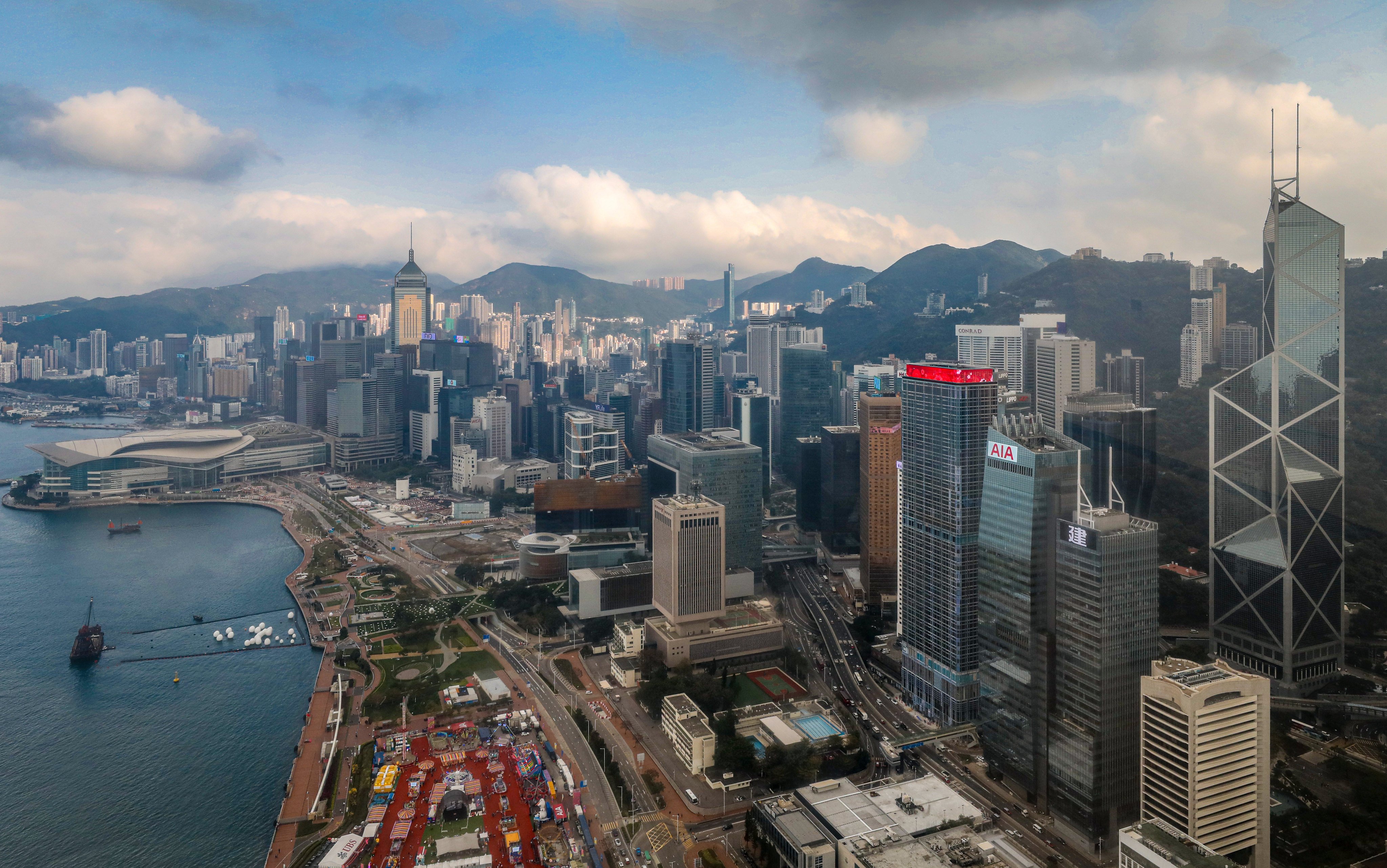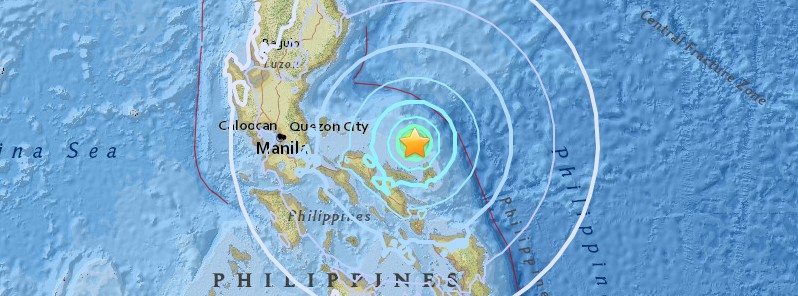Santorini Earthquake Fears Prompt Widespread Evacuations
Santorini, one of Greece’s most iconic islands known for its stunning whitewashed buildings, blue domes, and spectacular views, is currently grappling with a wave of seismic activity that has led to the evacuation of thousands of its residents. The island, which typically draws millions of tourists each year, is now facing a public safety crisis as local authorities work to manage the growing number of tremors and potential risks.
Since Sunday, over 6,000 people have been forced to leave the island by ferry, with additional emergency flights arranged to transport an estimated 2,500 to 2,700 passengers to Athens. The sudden surge of evacuations has left the island nearly deserted, with most of those fleeing being local residents, as February is outside the peak tourist season. With a population of just 15,500, the island has experienced significant disruption, though Santorini’s tourism industry has been relatively unaffected so far due to the off-season timing.
Over the past 48 hours, more than 300 tremors have been recorded, with some reaching magnitudes of up to 4.7. The tremors have occurred near the islet of Anydros, located to the north-east of Santorini, within the Hellenic Volcanic Arc, a region of the Mediterranean formed by volcanic activity. Despite the intensity of the tremors, local authorities have clarified that the cause of these earthquakes is related to tectonic plate movements, rather than volcanic eruptions. The last major eruption on Santorini occurred in the 1950s, and there is currently no indication of imminent volcanic activity. However, the ongoing seismic events have raised concerns about the possibility of larger quakes.
Seismologists are unable to predict the exact timing, size, or location of earthquakes, making it challenging to fully anticipate the danger. Despite this uncertainty, the Greek government and local authorities have taken extensive precautionary measures to protect the population. These include the closure of schools for the week, warnings against large gatherings, and the temporary evacuation of residents from vulnerable areas like Ammoudi, Armeni, and the Old Port of Fira. These locations are particularly susceptible to landslides, a risk heightened by the tremors. In addition, emergency services, including rescue teams and medical tents, have been deployed to monitor the situation and provide support if larger tremors strike.
Prime Minister Kyriakos Mitsotakis addressed the situation on Monday, acknowledging the severity of the ongoing seismic activity while urging calm among residents and tourists. He emphasized that Greece is working to manage what he described as “a very intense geological phenomenon.” The government’s response has included adding emergency flights to the schedule to help evacuate as many people as possible and ensure safe transportation off the island. Furthermore, the South Aegean Regional Fire Department has been placed on general alert, and officials are preparing shelters, food supplies, and evacuation routes in case the seismic activity intensifies.
While no significant damage has been reported so far, the constant tremors have caused considerable distress among residents. Many, like local tour guide Kostas Sakavaras, have opted to leave the island temporarily as a precaution. Sakavaras, who has lived on Santorini for 18 years, described the experience as unsettling, particularly due to the frightening sounds of the tremors. However, he noted that no physical damage had occurred to buildings, and he plans to return once the situation stabilizes.
The ongoing tremors are a reminder of the island’s geological vulnerability. Santorini is situated near fault lines, which are locations where tectonic plates meet. As plates move past, below, or apart from one another, stress builds up and is released through earthquakes. While scientists cannot predict when this stress will lead to major earthquakes, understanding the risks associated with fault lines allows governments to better prepare and mitigate the potential consequences of seismic events.
Given the unpredictable nature of earthquakes, the best strategy for minimizing damage and protecting residents is to reduce their vulnerability. This can be done through the construction of earthquake-resistant buildings, improving infrastructure, and organizing evacuations when necessary. In addition, as Santorini is a popular tourist destination, emergency measures must also consider the needs of visitors, even though the impact on tourism is less severe in the off-season. Local authorities are working to ensure that all residents, both permanent and temporary, are safe during this crisis.
Santorini’s recovery in the coming weeks and months will depend on the continued efforts of local authorities, as well as the resilience of its infrastructure. In addition to addressing immediate risks, rebuilding and reinforcing older buildings, especially those in tourist-heavy areas, will be key to ensuring the island can weather future seismic events. Long-term strategies will also involve monitoring the geological activity closely and making necessary adjustments to infrastructure and public safety protocols.
As the situation develops, Santorini’s residents and officials will have to remain vigilant and patient. While the island faces significant challenges, its ability to adapt and prepare for ongoing seismic activity will play a crucial role in how it recovers from this natural crisis. For now, the focus remains on keeping people safe, ensuring effective evacuation procedures, and managing the uncertainty of the seismic activity that continues to shake the island.
Brrr… Why Ulaanbaatar Is More Than Just the Coldest Capital | Maya




